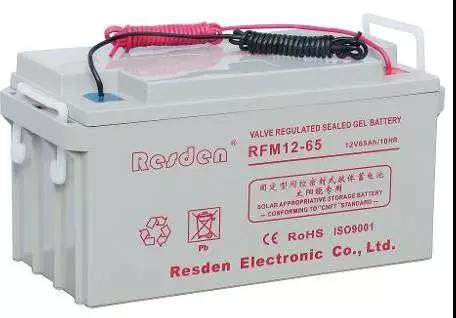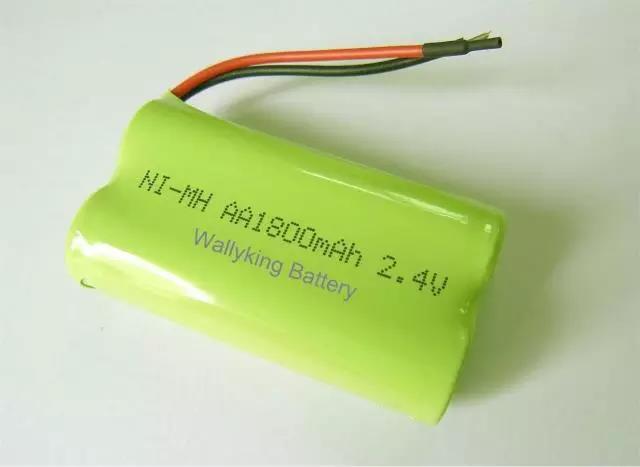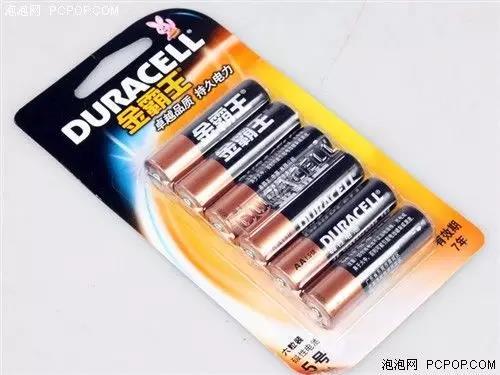Transportation in the air transport of goods and luggage will often encounter a variety of batteries, and the requirements for all types of batteries are not the same.
According to the different materials of anode and cathode, batteries can be divided into lithium battery, lead acid battery, nickel hydrogen battery, nickel cadmium battery, silver oxide battery, etc. Common battery types are shown below: note: only the main battery types are listed.
It used in equipment, electric vehicles, containing sulfuric acid electrolyte, corrosion acid. The national standard is Pb (element symbol of lead).The above picture shows a sealed lead-acid battery without charging holes. The colloid battery down here, it's a type of lead-acid battery. You can see it's labeled Pb and gel.
Lead Acid Battery
Generally used for equipment, such as external marked Ni-MH. Nickel-metal hydride batteries are classified as category 9 dangerous goods by sea, but are not subject to DGR restrictions in air transport.
Nickle-metal Hydride Battery
Generally used for equipment, such as external marked Ni-MH. Nickel-metal hydride batteries are classified as category 9 dangerous goods by sea, but are not subject to DGR restrictions in air transport.
Ni Cadmium Battery Generally used for equipment, such as external marked NI-CD words.
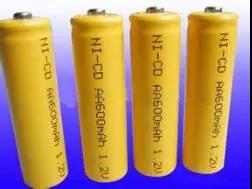
Dry Battery
Dry batteries are generally available in supermarkets and other places to buy open - shelved batteries. In appendix A of DGR, the dry battery is explained as "A sealed, airtight battery used for flashlights in small household appliances. It contains zinc salts and other solids, or may be a combination of nickel, cadmium or other metals. The battery must be packed in an inner package to effectively prevent short circuit and movement that can cause short circuit. These include alkaline manganese, carbon zinc, nickel metal hydride and nickel cadmium batteries."According to the DGR dangerous goods list, dry batteries are not restricted.
Button Cell
As can be seen from the battery classification, button battery is not the type of battery, but only the description of the shape. Some of them belong to different types of dry battery (air zinc battery, etc.), and some belong to different types of lithium battery.
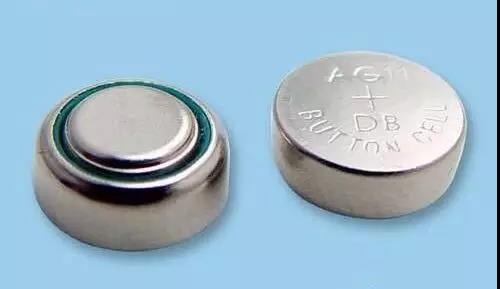
In addition to the need to understand the classification of the battery to see the specific battery transport requirements, in the battery or live equipment transport, must also do a good job in the battery to prevent short circuit measures and equipment to prevent accidental start-up measures. In this way, fires caused by accidental short circuit of electrodes or continuous heating after starting of equipment can be largely avoided.
一、List of lithium battery transportation requirements
Mobile power now belongs to DG products, packaging requirements are very strict!
The packaging requirements of mobile power supply are attached for reference:
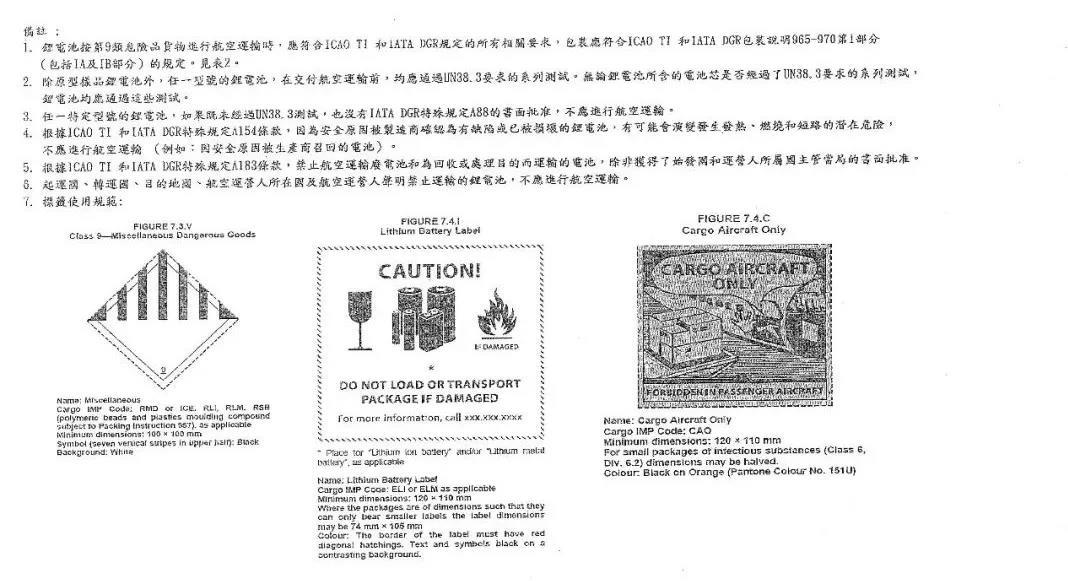
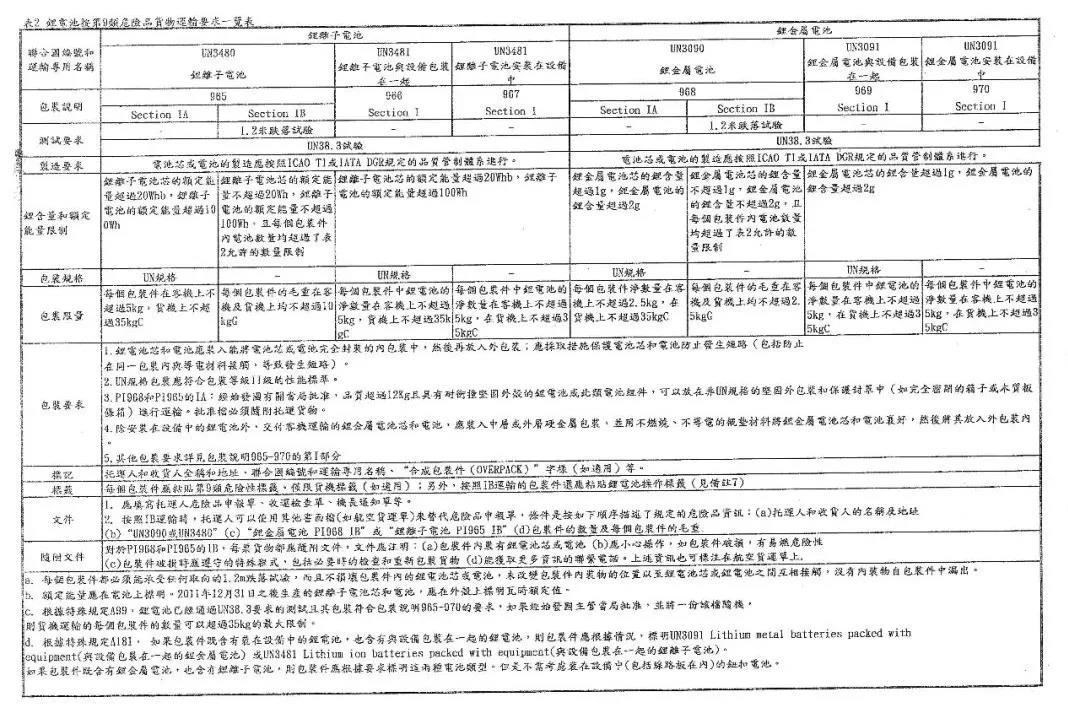
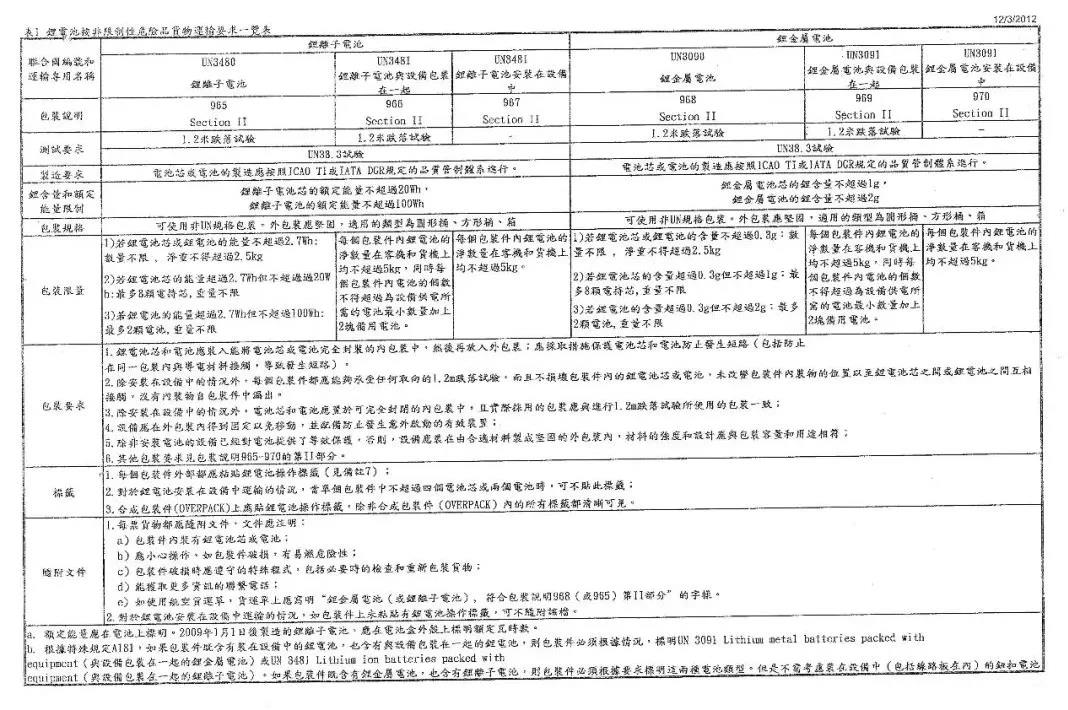
Product packaging:
Insulation packaging must be independ; the outer box can only seal transparent plastic;
The outer packing must be in unaltered cardboard boxes.
No deformation or collapse after compression;
The single piece shall not be less than 5KG and shall not exceed 10KG;
Dimensions of goods affixed to a single flat surface (unopened surface) shall not be less than 25*30CM;
product requirements:
The product shall have power (current, voltage),
Model no more than 100WH,
Appearance is not more than 5.5cm, the weight of a single product is not more than 0.3kg;
The standard after packaging is shown in the figure:
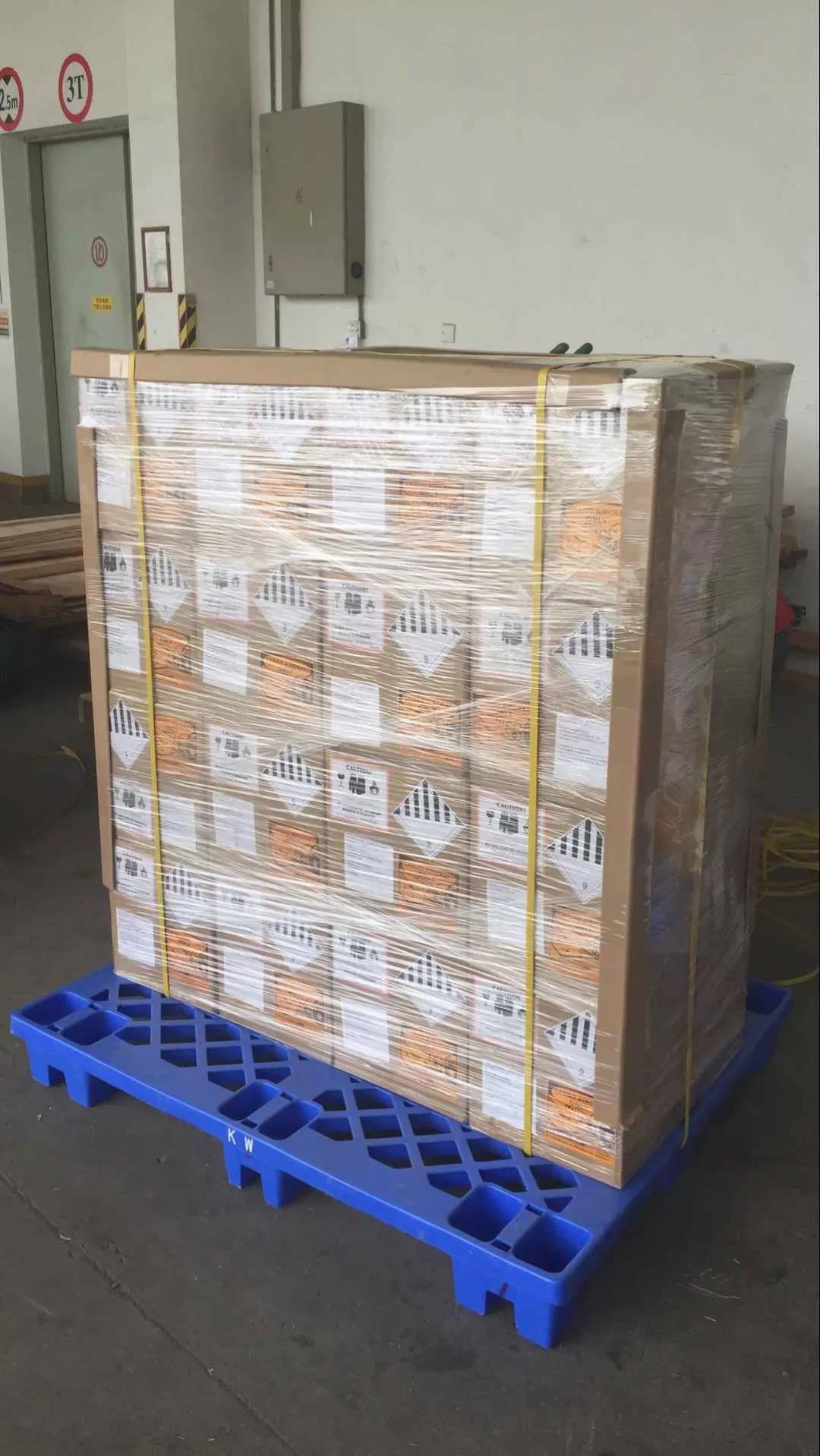
Choice Freight Best choose success.
Contact details:
Ivy Luo. C/S manager
Tel: 0755-21018307, Mob:13590218500
Skype: 13590218500
Email:customer@air-supply.cn
QQ:3094525070

